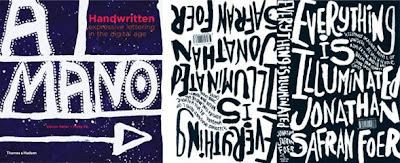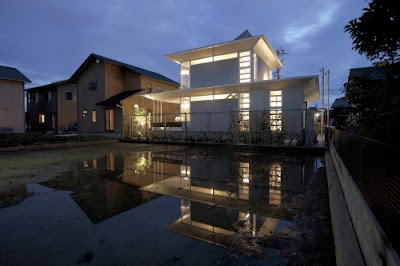
Metropolis Magazine discusses Detroit's confrontation with its deterioration here. A group of former Cranbrook Academy of Art students, appalled by the number of deteriorated houses in the city, formed Object Orange. They painted the dangerous and dilapidated houses orange so that they could be exposed and dealt with. Both things happened. The houses they painted orange were clearly seen and shortly demolished, one may assume from embarrassment, by the city.
“At this point in Detroit there are so many abandoned spaces,” says Christian, a New Jersey native who recently began teaching at a university in Colorado. “Living around these neighborhoods and experiencing the product of the blight and seeing what happens to the children and the landscape, we’re just kind of questioning it and saying, ‘Why is nothing done? Why is this happening?’”There also seems to be a whiff of art object to us. Art and social action? Art as protest?
If nothing else Object Orange has produced a new typology for site-specific art installations: art as a possible agent of demolition. “I tell my students that if you’re in Detroit you don’t need a studio,” Christian says. “The city is one big studio.”We like their attitude.
















































